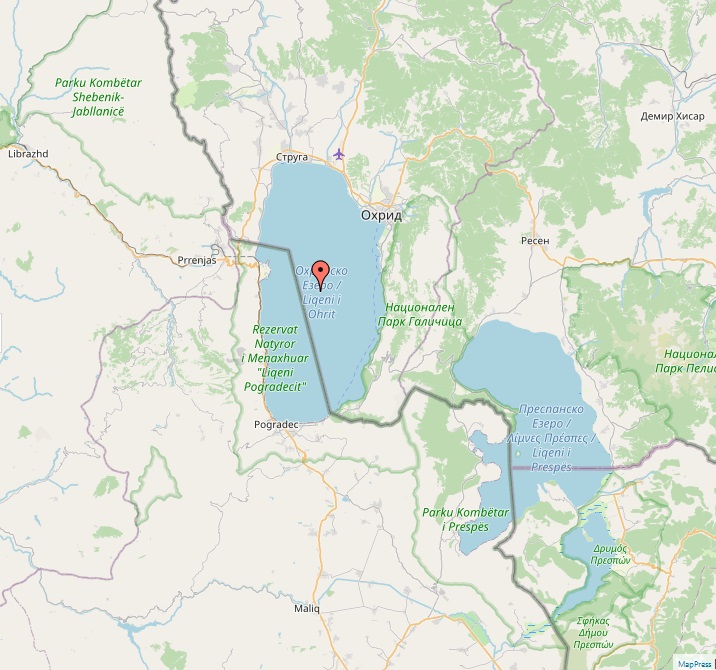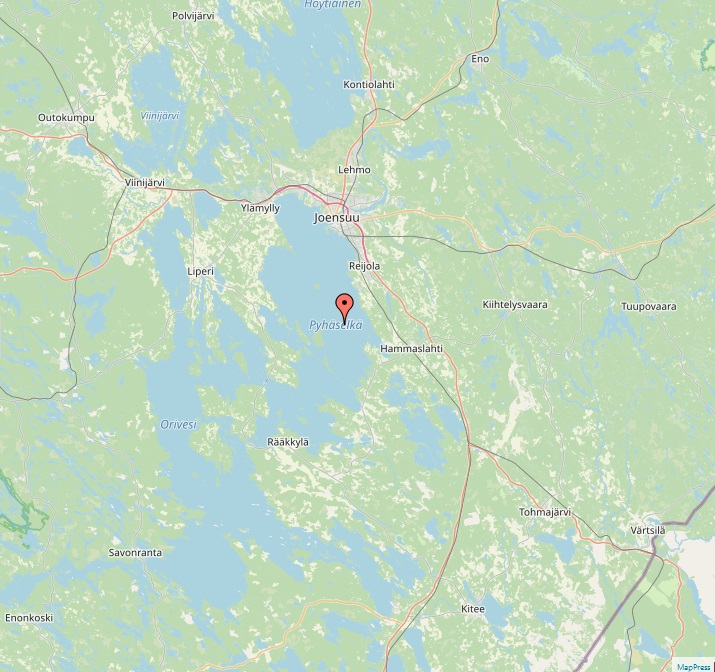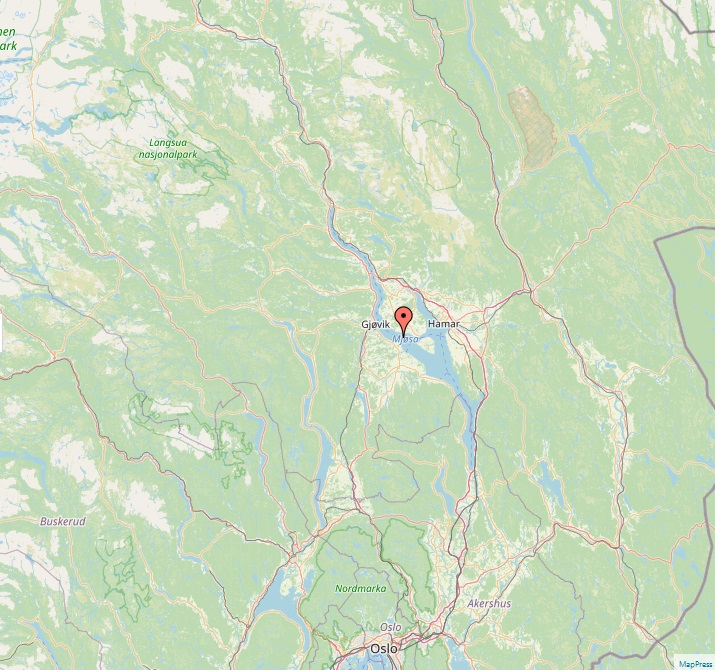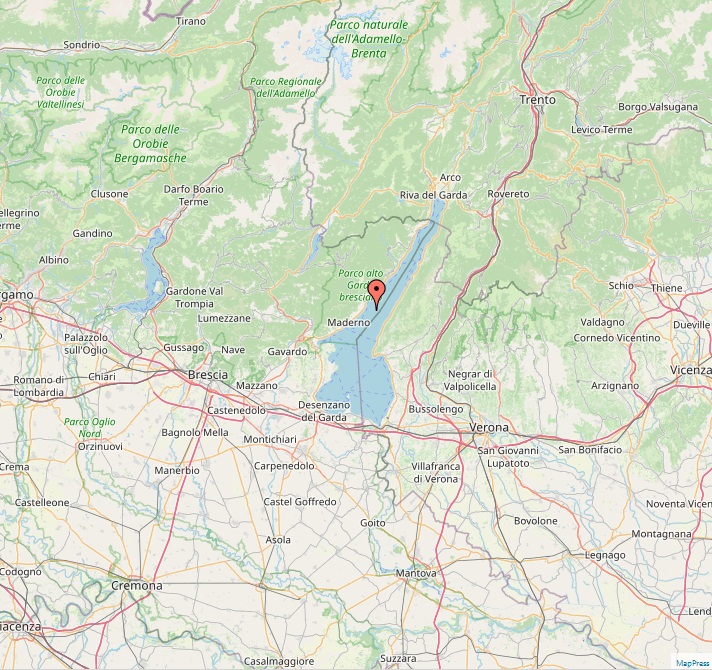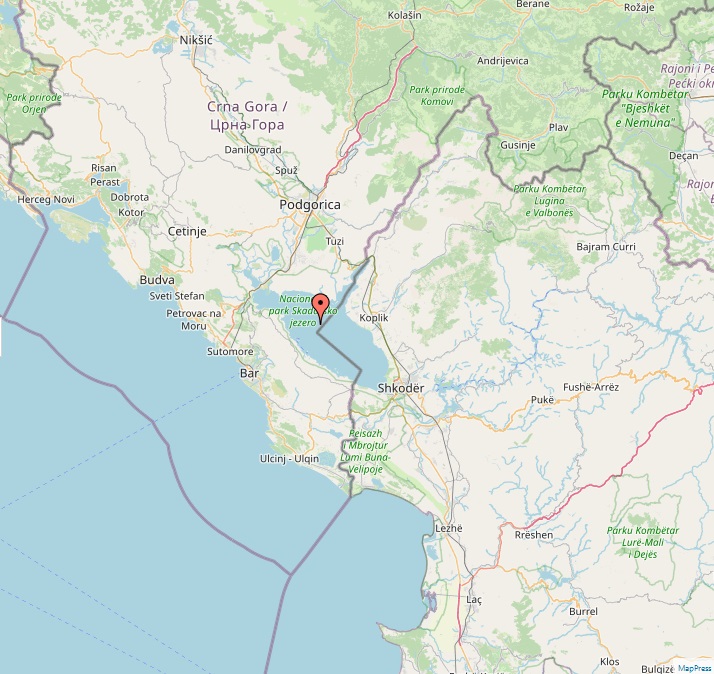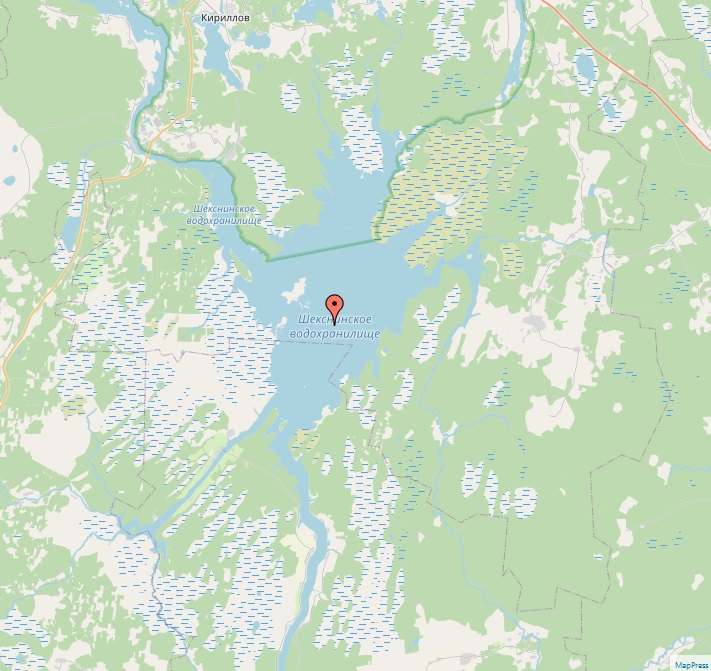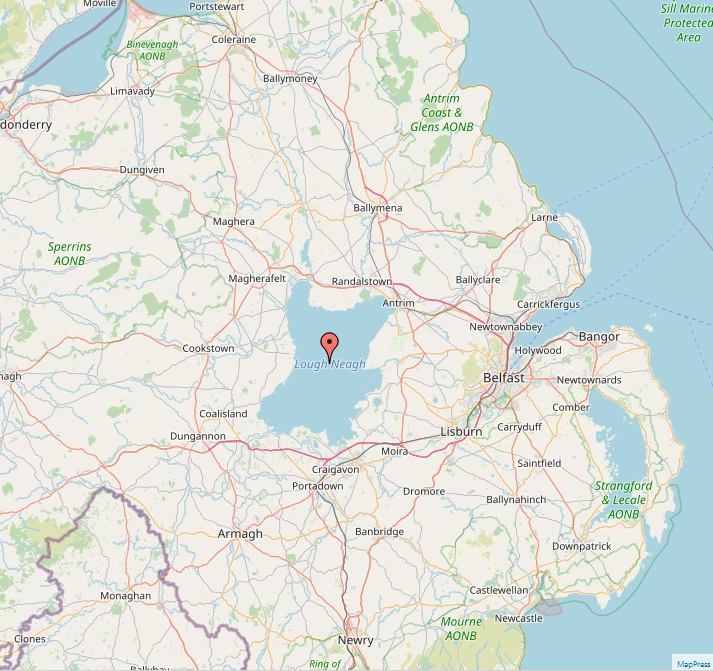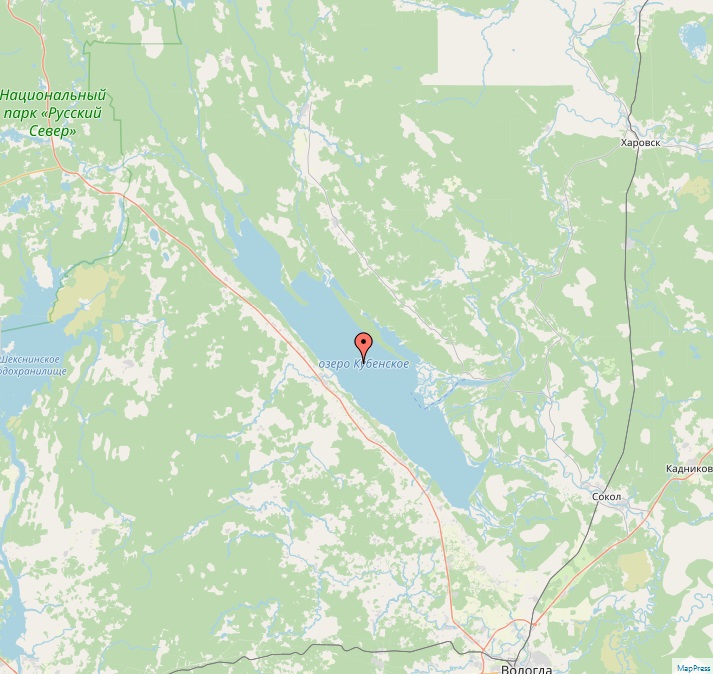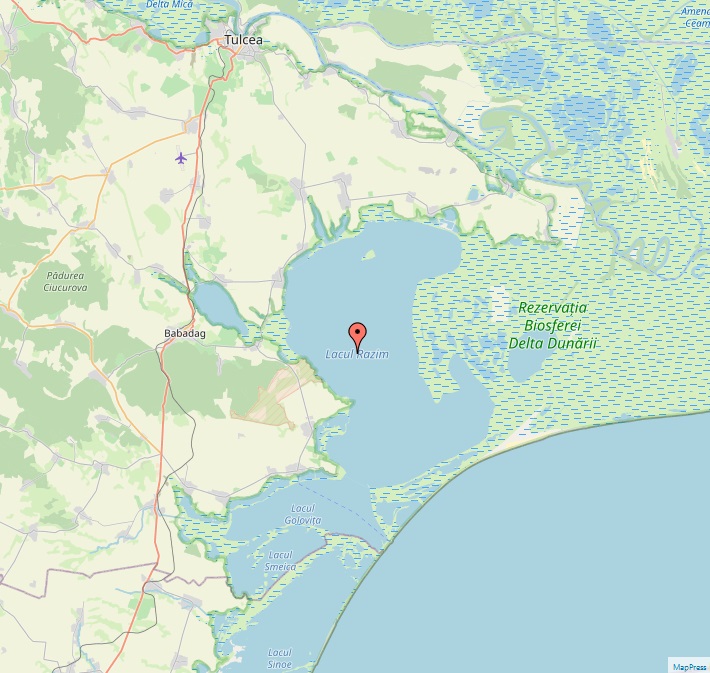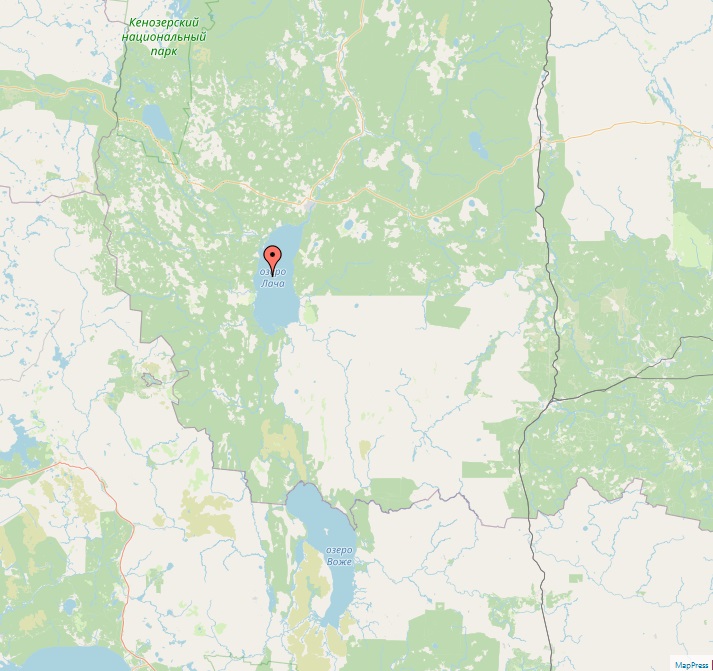
Lake Lacha
Lake Lacha, a serene freshwater gem, lies nestled in the south of Kargopolsky District, Arkhangelsk Oblast, Russia. Its coordinates are 61°19′40″N 38°45′53″E. This expansive lake, positioned just 7 kilometers south of the town of Kargopol, holds the distinction of being the largest lake in Arkhangelsk Oblast, boasting a surface area of 334 square kilometers. The lake's primary inflows, the rivers Svid and Lyokshma, contribute to its vast catchment area of 12,600 square kilometers. Lake Lacha is notably the source of the Onega River, a significant waterway within the White Sea basin. Despite its geographical importance, the origins of the lake's name remain shrouded in mystery. The river basin encompassing Lake Lacha extends through the southern and western segments of Kargopolsky District and even reaches into the north-western parts of Vologda…

